 This article is to illustrate NDIA’s general position to interpreting Item 3 (c) of Schedule 1 of the SDA Rules which will be applied from Tuesday 25 March 2025 to enrolment applications received after this date (or those that are pending). It is not retrospective.
This article is to illustrate NDIA’s general position to interpreting Item 3 (c) of Schedule 1 of the SDA Rules which will be applied from Tuesday 25 March 2025 to enrolment applications received after this date (or those that are pending). It is not retrospective.
SDA Rules:
Schedule 1 of the SDA Rules notes- SDA building types, House – feature (c) and (e) as noted currently in the rules are as noted below
The features of a House are as follows:
(c) it has no shared wall, roof, entry area, driveway, carpark or outdoor area with any other dwelling other than an ancillary villa, townhouse or duplex that has no more than one resident;
(e) the parcel of land on which the house is located has no more than 2 ancillary villas, duplexes or townhouses.
The word ‘an’ means ‘one’ and therefore it would be reasonable to mean that the following options are some designs that would be permissible under the current SDA Rules
(Legend for provided figures, H- House, V- Villa, P – number of SDA participants, Grey areas represent driveways)
![[Above image shows, House has no shared wall, roof, entry area, driveway, carpark or outdoor area with any other dwelling other than an ancillary villa, townhouse or duplex that has no more than one resident (SDA participant)] [Above image shows, House has no shared wall, roof, entry area, driveway, carpark or outdoor area with any other dwelling other than an ancillary villa, townhouse or duplex that has no more than one resident (SDA participant)]](/images/122/b2ap3_large_H1.png)
![[Above image shows, House has no shared wall, roof, entry area, driveway, carpark or outdoor area with any other dwelling other than an ancillary villa, townhouse or duplex that has no more than one resident (SDA participant)] [Above image shows, House has no shared wall, roof, entry area, driveway, carpark or outdoor area with any other dwelling other than an ancillary villa, townhouse or duplex that has no more than one resident (SDA participant)]](/images/122/b2ap3_large_H2.png)
![[Above image shows- A parcel of land on which the house is located has no more than 2 ancillary villa(s), townhouse(s) or duplex(es).] [Above image shows- A parcel of land on which the house is located has no more than 2 ancillary villa(s), townhouse(s) or duplex(es).]](/images/122/b2ap3_large_H3.png)
The change to interpretation of the SDA Rules:
The NDIA has advised that they will interpret the SDA Rules as follows:
A house has no shared wall, roof, entry area, driveway, carpark or outdoor area with any dwelling other than up to 2 ancillary one bedroom, one SDA eligible resident villa(s), townhouse(s) or duplex(es).
This means that a house may share, for example, a driveway or walls, with up to 2 one bedroom, one SDA eligible resident ancillary villas, townhouses or duplexes.
Therefore below is one of the possible options that would now be considered as a possible option for SDA funding
![[Above image shows- A parcel of land on which the house is located has no shared wall, roof, entry area, driveway, carpark or outdoor area with any dwelling other than up to 2 ancillary one bedroom, one SDA eligible resident villa(s), townhouse(s) or duplex(es).]](/images/122/b2ap3_large_H4.png)
What is meant by ‘ancillary’?
The NDIA has also elaborated on what is meant by ‘ancillary’ Below text is from the NDIA’s website
A house can’t share aspects set out in Item 3 (c) or be on a parcel of land with villas, townhouses or duplexes, unless they are ancillary to the house.
If they are not ancillary, then the proposed ‘house’ does not have the features of a house under the SDA Rules. The SDA provider may consider whether the dwelling meets the SDA Rules in relation to a villa, townhouse or duplex. This is consistent with the Agency’s current practice.
A villa, townhouse or duplex is ‘ancillary’ to the house if it is not the main dwelling on the land but is a secondary dwelling. That is, the land is used predominantly for the house, and incidental to that use there are additional dwellings.
This is what distinguishes a house with one or two ancillary dwellings from, for example, a complex of villas, duplexes or townhouses.
In considering whether dwellings are ‘ancillary’ to the proposed house, the NDIA will take into account a range of factors which may include the size of the proposed house and the difference in features between the proposed house and the other dwellings. An ancillary dwelling does not need to be attached to the main dwelling or share features to be considered ‘ancillary’.
We encourage SDA providers to consider whether the house is clearly the primary residence on the land parcel, so that an ordinary observer could readily identify which was the house and which were the ancillary dwellings.
Implementation:
The NDIA’s general position to interpreting Item 3 (c) of Schedule 1 of the SDA Rules will be applied from Tuesday 25 March 2025 to enrolment applications received after this date (or those that are pending).
Role of SDA Assessor:
It is not the role of the SDA Assessor to give a definitive decision on the dwelling type. This can only be done by the NDIA. References in the design standard certification documentation to building type are to a ‘proposed’ building type only.
Disclaimer:
This article is based on Vista Access Architect’s personal interpretation. This article is not endorsed by the NDIA and users are advised to make their own inquires directly with NDIA.
Image Designed by Freepik


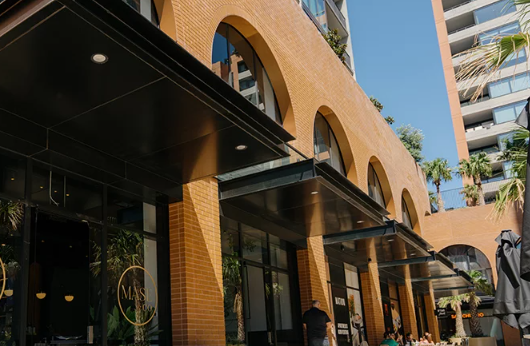
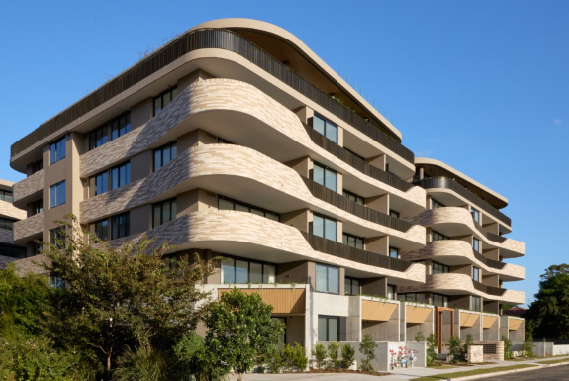

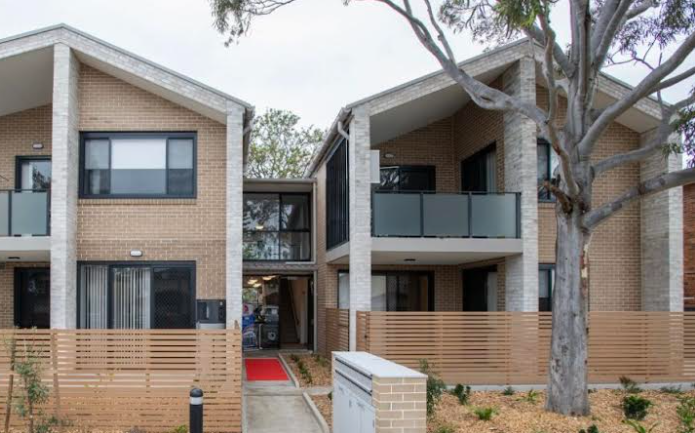
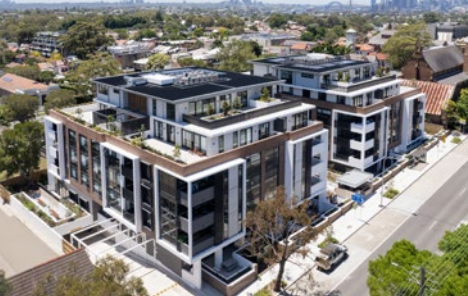
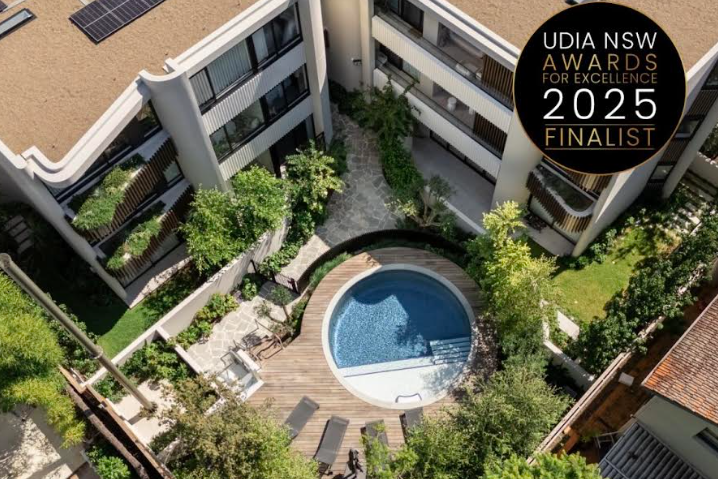

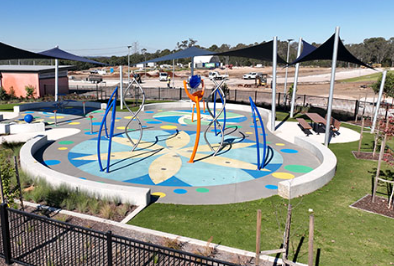


 This article is to illustrate NDIA’s general position to interpreting Item 3 (c) of Schedule 1 of the SDA Rules which will be applied from Tuesday 25 March 2025 to enrolment applications received after this date (or those that are pending). It is not retrospective.
This article is to illustrate NDIA’s general position to interpreting Item 3 (c) of Schedule 1 of the SDA Rules which will be applied from Tuesday 25 March 2025 to enrolment applications received after this date (or those that are pending). It is not retrospective. ![[Above image shows, House has no shared wall, roof, entry area, driveway, carpark or outdoor area with any other dwelling other than an ancillary villa, townhouse or duplex that has no more than one resident (SDA participant)] [Above image shows, House has no shared wall, roof, entry area, driveway, carpark or outdoor area with any other dwelling other than an ancillary villa, townhouse or duplex that has no more than one resident (SDA participant)]](/images/122/b2ap3_large_H1.png)
![[Above image shows, House has no shared wall, roof, entry area, driveway, carpark or outdoor area with any other dwelling other than an ancillary villa, townhouse or duplex that has no more than one resident (SDA participant)] [Above image shows, House has no shared wall, roof, entry area, driveway, carpark or outdoor area with any other dwelling other than an ancillary villa, townhouse or duplex that has no more than one resident (SDA participant)]](/images/122/b2ap3_large_H2.png)
![[Above image shows- A parcel of land on which the house is located has no more than 2 ancillary villa(s), townhouse(s) or duplex(es).] [Above image shows- A parcel of land on which the house is located has no more than 2 ancillary villa(s), townhouse(s) or duplex(es).]](/images/122/b2ap3_large_H3.png)
![[Above image shows- A parcel of land on which the house is located has no shared wall, roof, entry area, driveway, carpark or outdoor area with any dwelling other than up to 2 ancillary one bedroom, one SDA eligible resident villa(s), townhouse(s) or duplex(es).]](/images/122/b2ap3_large_H4.png)
 This project involved preparing a detailed study document between the requirements for the Athlete villages outlined in the International Paralympic Committee’s Accessibility Guide against the NDIS SDA Design Standards, Adaptable Housing Standards, Livable Housing Standards and the NCC Liveable Housing requirements.
This project involved preparing a detailed study document between the requirements for the Athlete villages outlined in the International Paralympic Committee’s Accessibility Guide against the NDIS SDA Design Standards, Adaptable Housing Standards, Livable Housing Standards and the NCC Liveable Housing requirements. 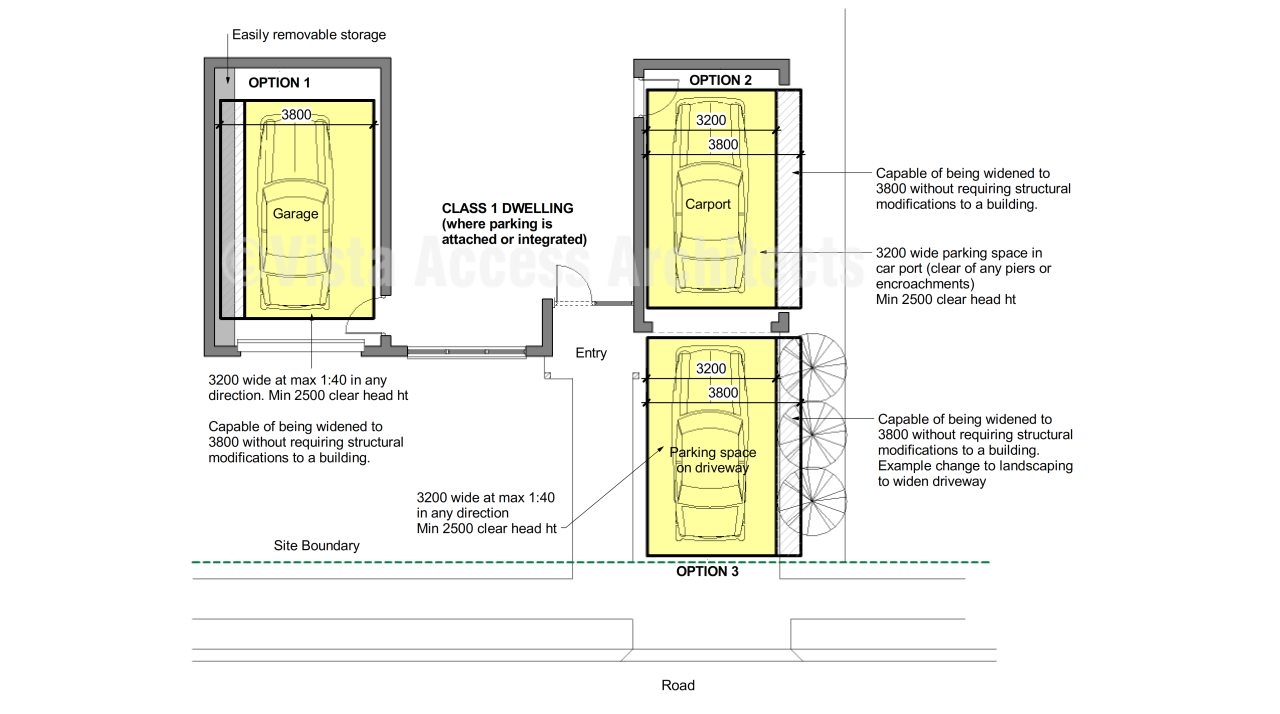
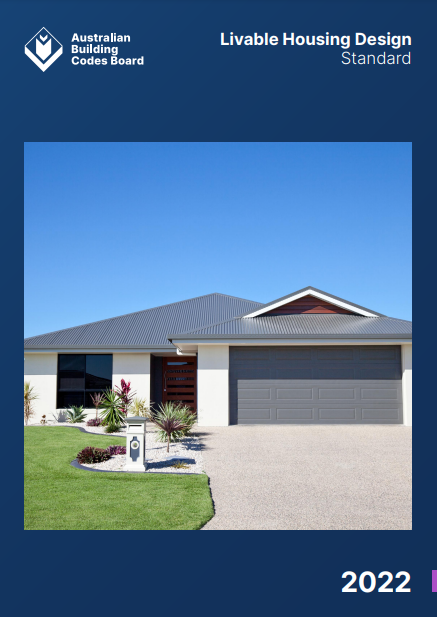 Over the past 2 months, Farah Madon has been working on behalf of
Over the past 2 months, Farah Madon has been working on behalf of ![[ACAA Fellow membership awarded to Farah Madon]](/images/104/b2ap3_large_Fellow-membership.JPG) Farah Madon awarded ACAA Fellow Membership
Farah Madon awarded ACAA Fellow Membership![[LRV calculations graph image above]](/images/103/b2ap3_large_LRV-graph.png)
![[Colour Selections Calculator insert fields shown in image above ]](/images/103/b2ap3_large_LRV-calculator-1.png)
![[Colour Selections Calculator insert field shown in image above ]](/images/103/b2ap3_large_LRV-calculator-2.png)
![[Colour Selections Calculator responses shown in image above ]](/images/103/b2ap3_large_LRV-calculator-3.png)
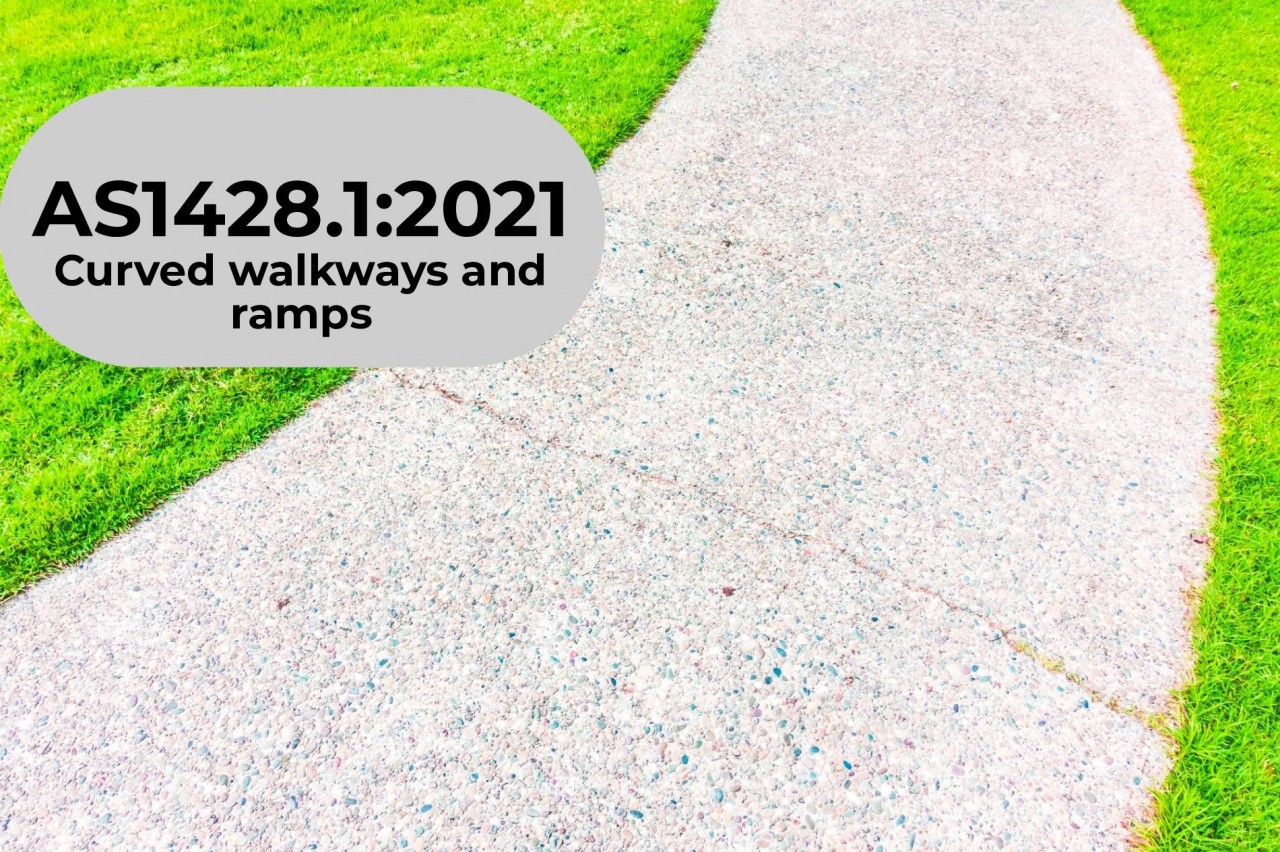


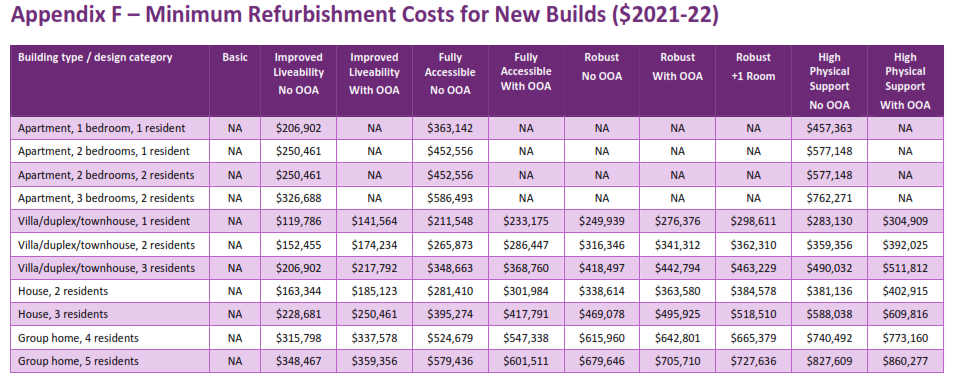
![[2021 Altitude Awards Finalist - Excellence in Inclusion]](/images/easyblog_images/274/b2ap3_large_Finalist-Inclusion-Award.png) This award is for an outstanding individual or organisation who are working in community to include disadvantaged or minorities, close gaps or deliver opportunities and transformation in society, environment and career opportunities.
This award is for an outstanding individual or organisation who are working in community to include disadvantaged or minorities, close gaps or deliver opportunities and transformation in society, environment and career opportunities.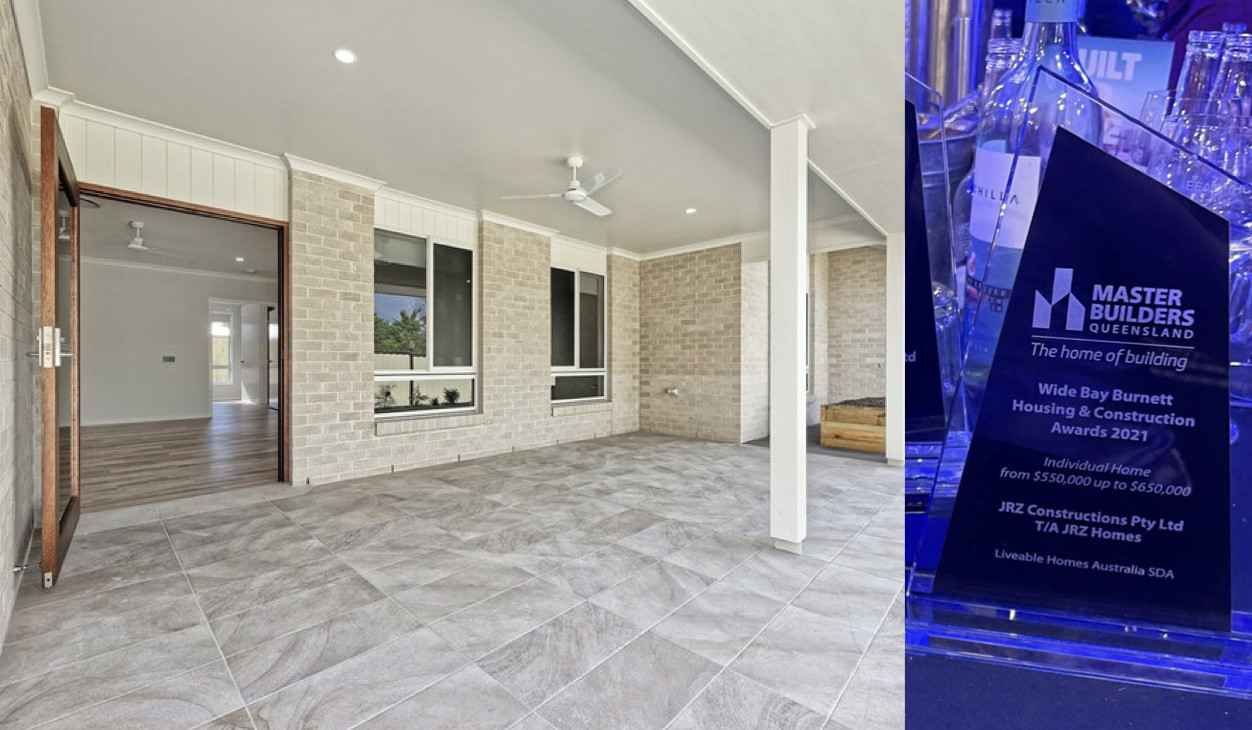
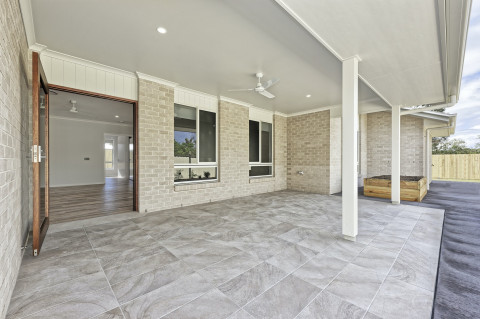
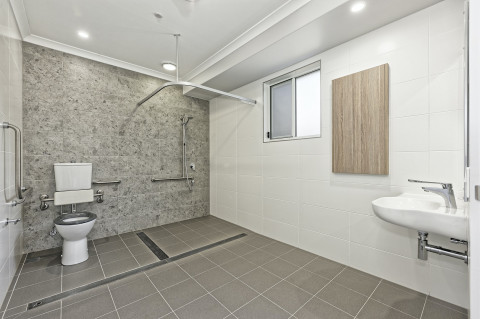
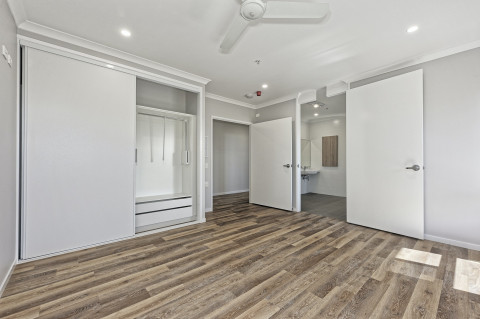
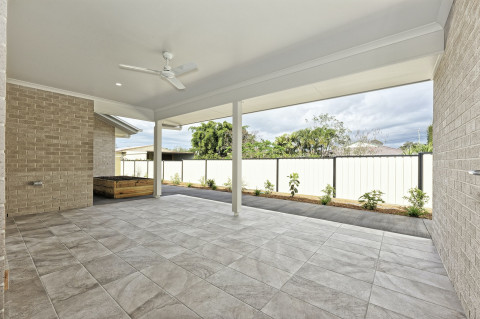

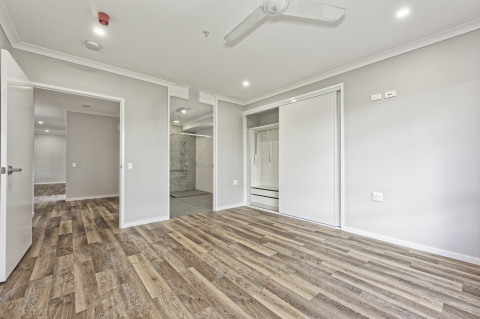
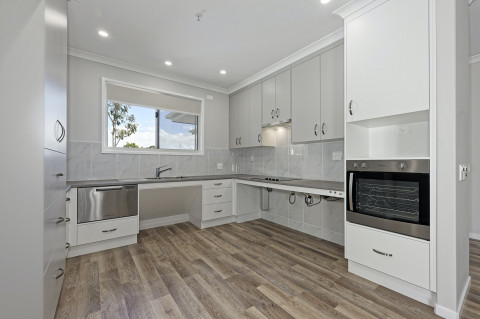
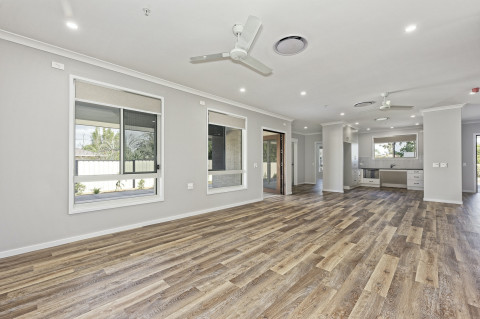
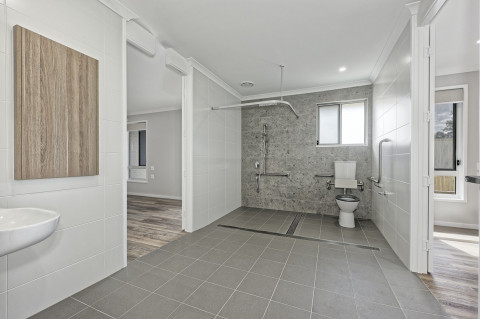

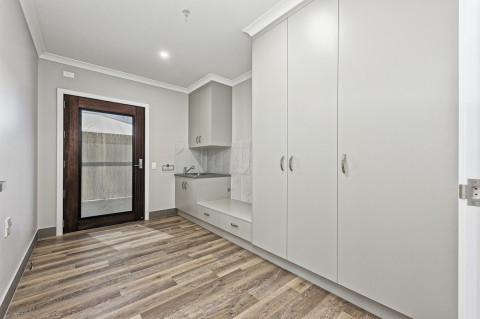
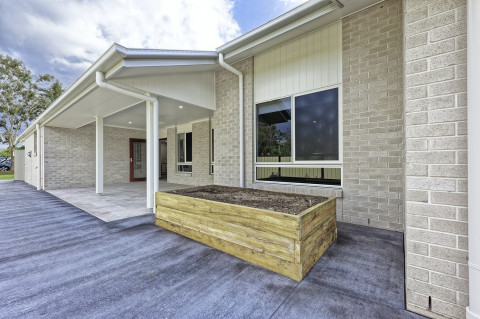
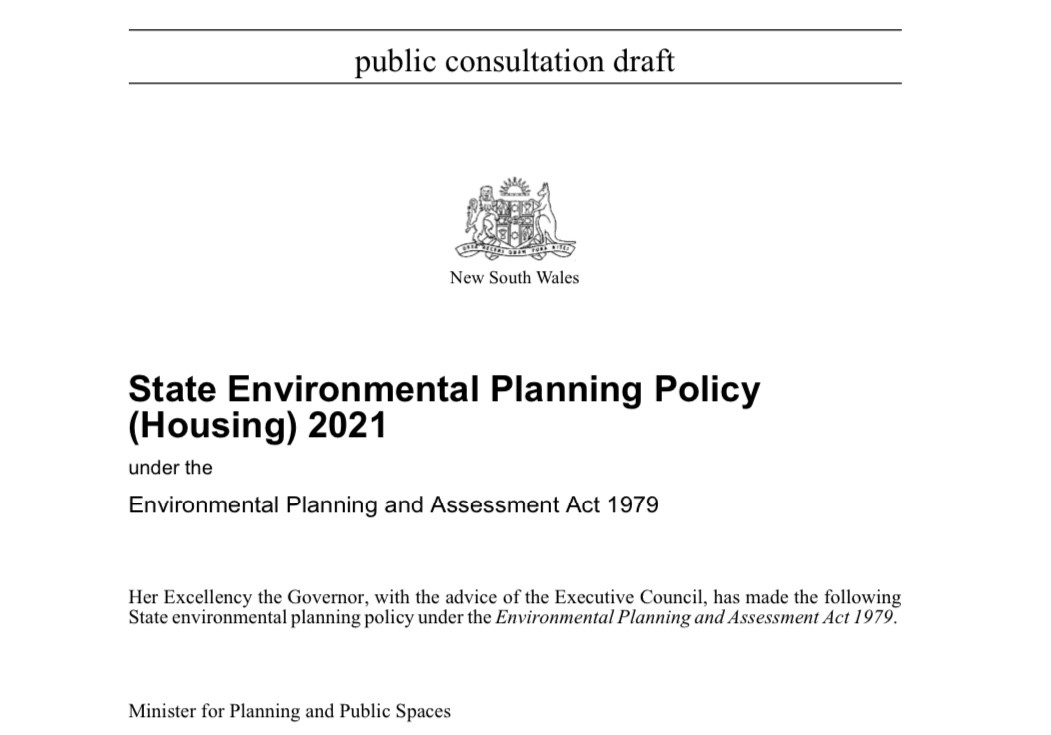 The new NSW Housing SEPP will consolidate five existing housing-related NSW SEPPs:
The new NSW Housing SEPP will consolidate five existing housing-related NSW SEPPs:
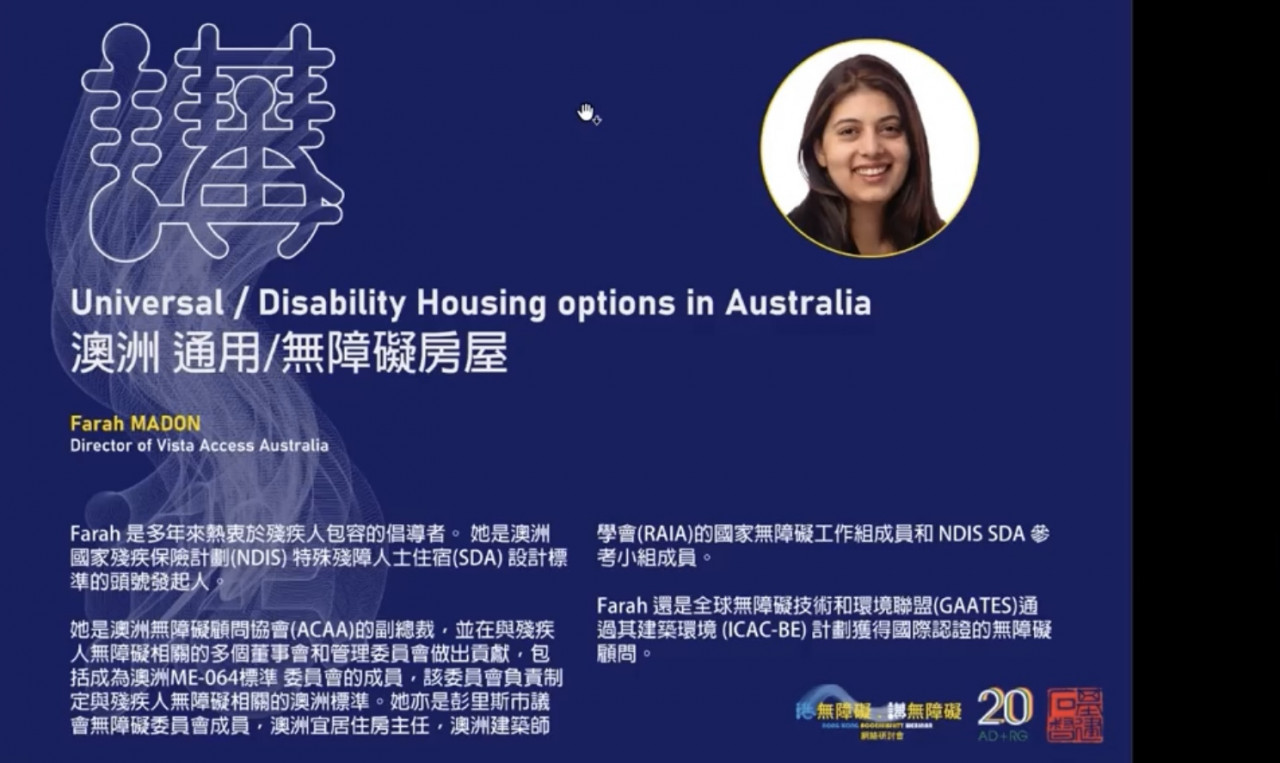

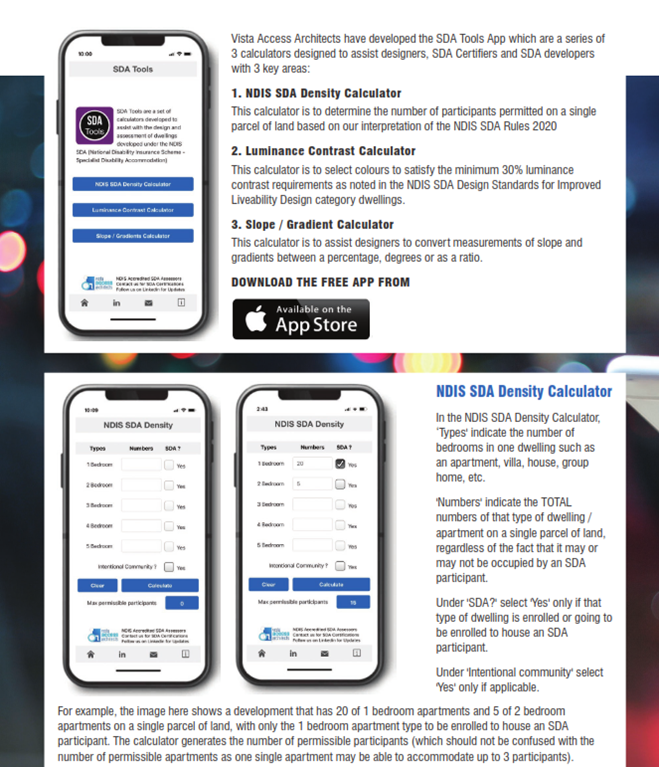

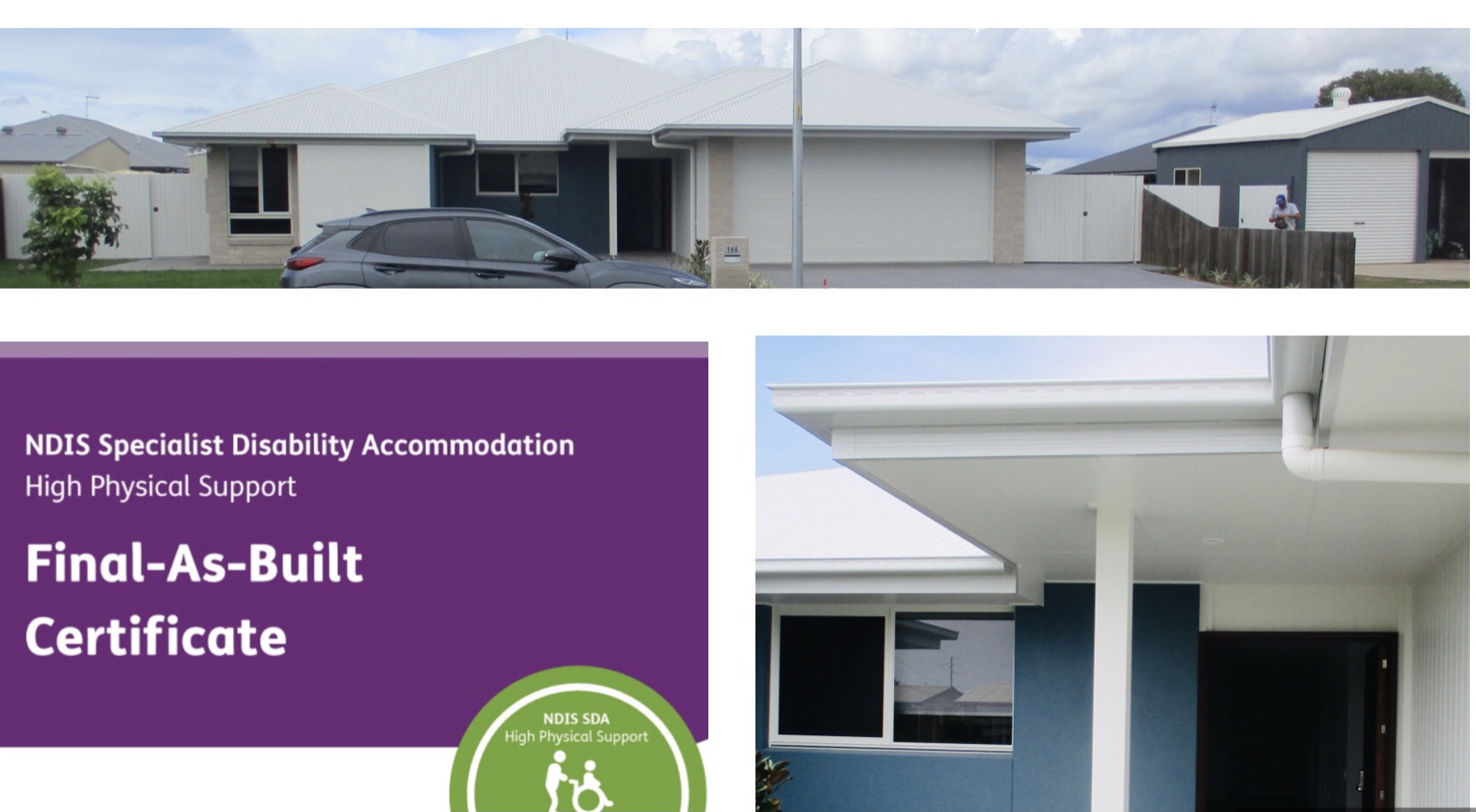


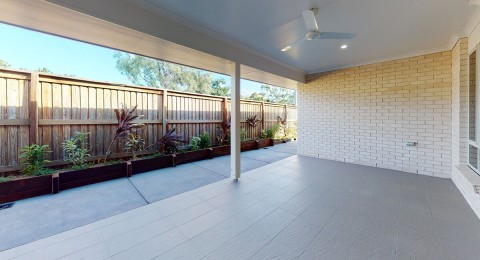

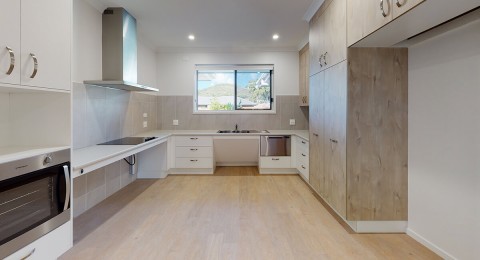
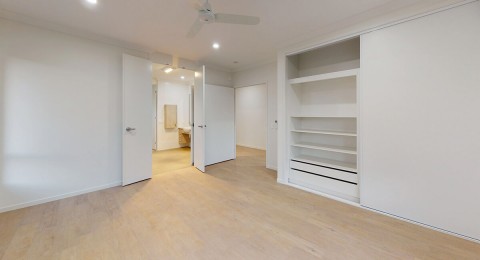


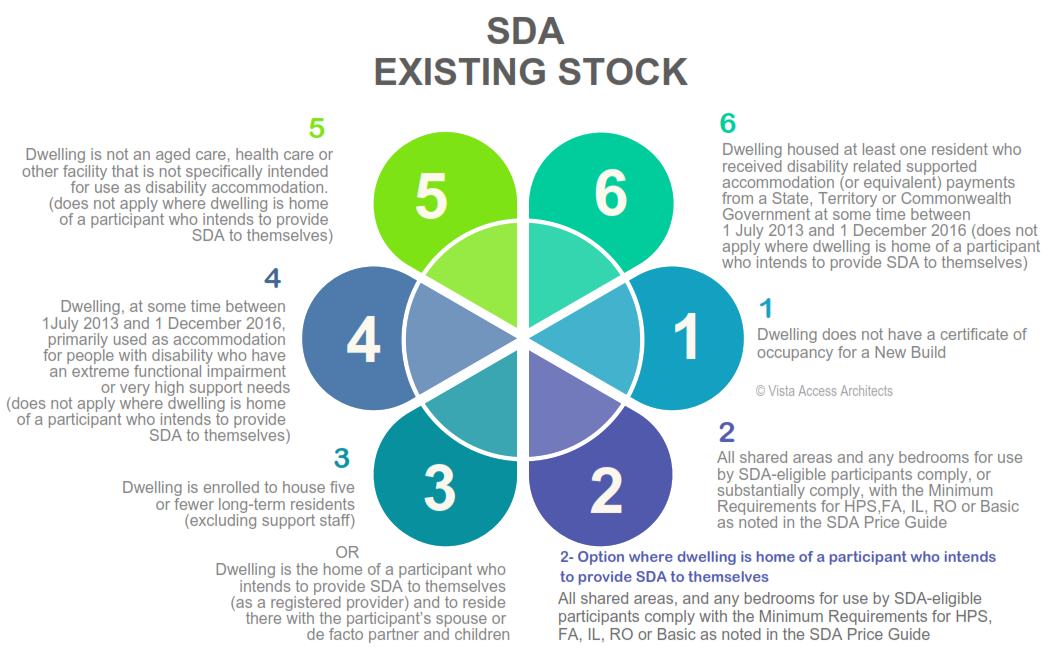
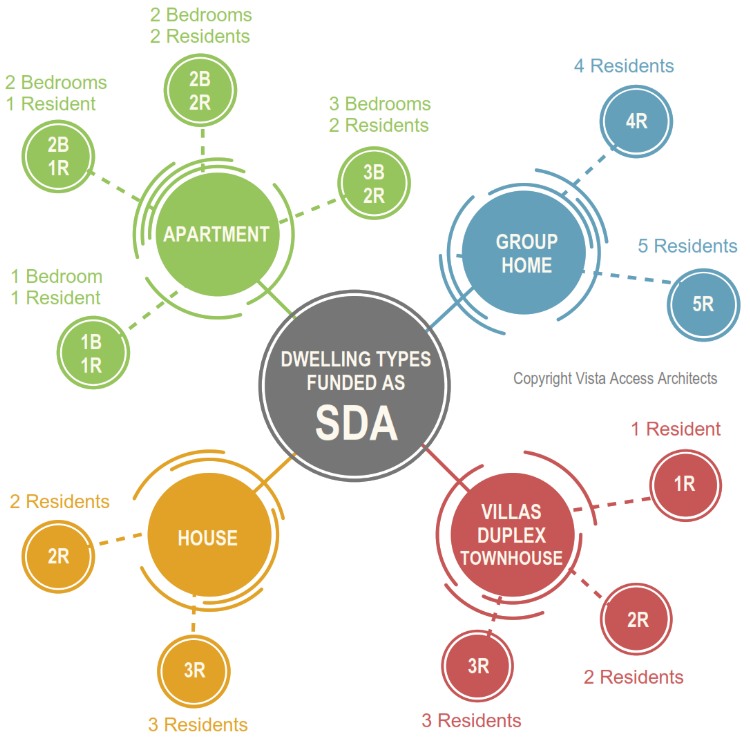
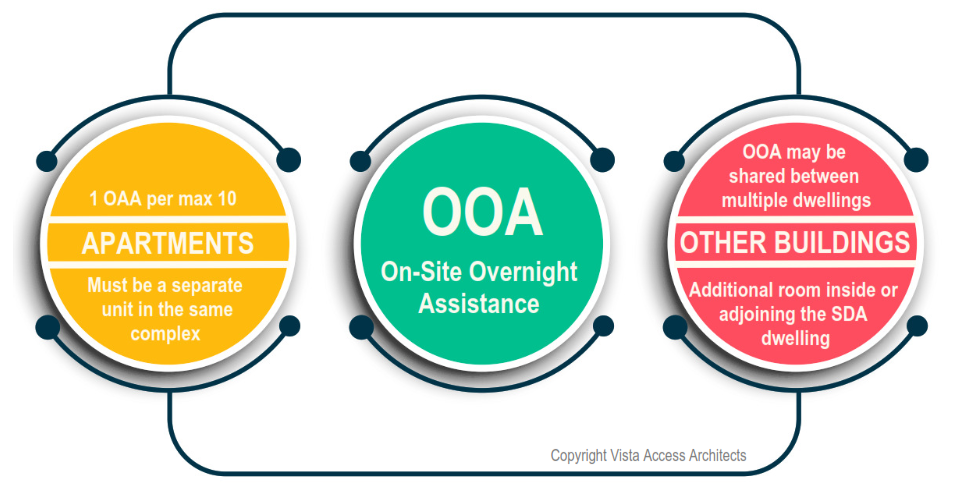
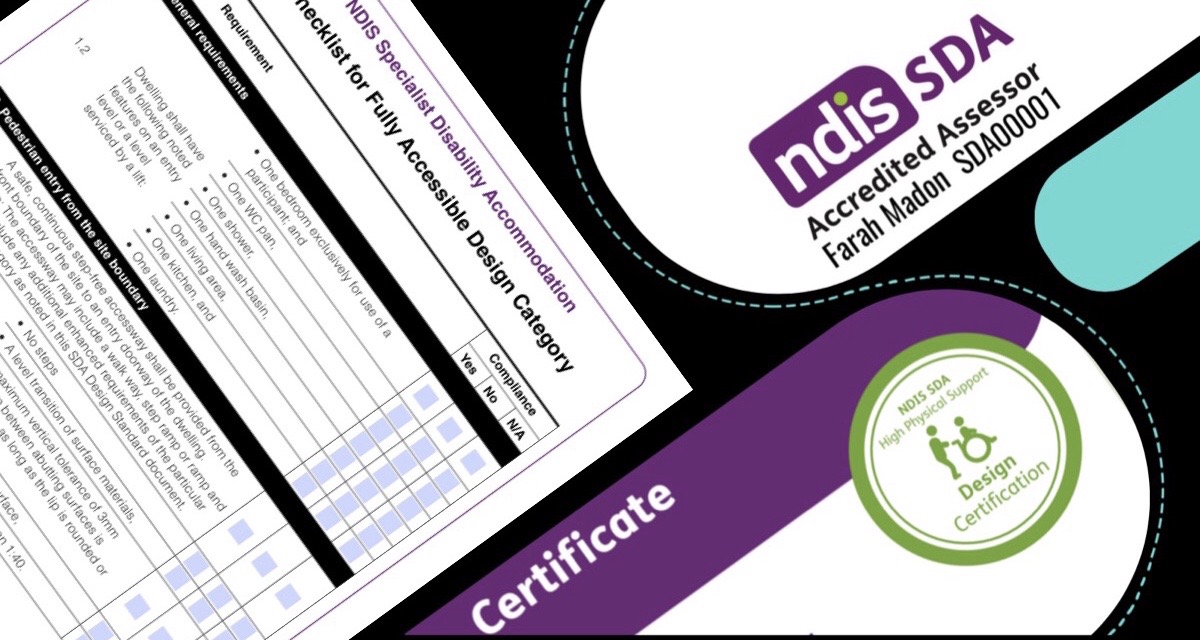 Is your SDA (Specialist Disability Accommodation) Assessor a NDIS Accredited SDA Assessor?
Is your SDA (Specialist Disability Accommodation) Assessor a NDIS Accredited SDA Assessor?